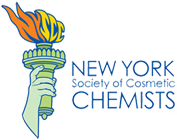The Key to Success is Communication and Trust – by Giorgio Dell’Acqua, PhD
Open innovation is about bringing ideas to business and to market. In order to achieve this goal a network of multilateral collaborations need to be put in place by companies to target the latest ideas and technology with the objective to stay ahead of the competition and attract more customers.
It is clear that one of the key of success is based on matchmaking and good communication so that the common goal between the collaborators is achieved. When is about to transfer technology coming from an external idea to a company, such as the case of University to Company or Spin off to Company some models are better and faster than other models. The bureaucracy and the difficulty associated with technology transfer vary depending the organization. Some university are capable to shorten the transfer process to companies allowing them a quick introduction of the technology to market. Also, licensing agreements can be drafted differently and sometime the royalties’ conditions are prohibitive for small businesses.
When the idea and/or the technology is ready to be transferred, it is about to negotiate a deal, like a licensing agreement that can include royalties, money upfront, etc. To get the best deal one of the keys if not the key, is trust between parties. But how do you build trust between organizations that barely know each other? By creating a process similar to dating. It is the proximity and the day to day get to know each other that can create the bridge for communication and trust.
I would like to give some example. Many universities have created on campus the so called “incubator” for small businesses or startups. One of this university is for example the Engineering School in Lausanne, Switzerland known as EPFL. The “incubator” is by definition the place where the baby is developing before being handed out to an adult to take care of. In other words a place where an idea can grow into a business model. These places are often spin off of the university. The EPFL hosts hundreds of spin off every year. This operation allows young entrepreneurs to “date” scientists and technologists to grow their ideas into a business. Once the business is mature (meaning is funded), the spin off would leave the incubator and enter in adult world.
Another example is the “Cosmetic Valley” in France where technological spin off companies, ingredients suppliers, small and large brands share the same space. Again, proximity is the key. Sometimes, startups are even invited to occupy the same space of a larger company for so called “pilot projects”. The pilot project is meant to get to know each other, facilitate the transferring process and secure a business, a win-win for the companies collaborating: a licensing agreement and cash flow for the startup and exclusive technology for the larger company.
I would encourage the idea of large industrial hubs that would work like campuses where ideas are circulating between different industrial partners that although individually managed can meet on campus for a cup of coffee and discuss about ideas and how to bring them to market.
Proximity and acquaintance is key to open innovation and success.
Acknowledgments: The authors want to thank Ying Jia, PhD for designing the cover for this blog.
Guest Author: Giorgio Dell’Acqua, PhD
 Giorgio Dell’Acqua, PhD, has been an investigator in applied biomedical research for 15 years and he has spent the last 16 years as an executive and cosmetic scientist in the personal care industry. He is specialized in skin and hair care ingredients, finished product development and technical marketing. He has covered multiple roles as a manager and director in different companies specialized in active ingredients and product development. He has helped bring more than 100 successful active ingredients and finished products to market and has authored more than 50 publications in medicine and cosmetic science. In the last 10 years he has been writing and lecturing on sustainability and cosmetic ingredients and helped sourcing, developing and bringing to market many sustainable ingredients. He is a recent award winning speaker on sustainability and natural ingredients and a regular columnist on sustainable cosmetic science.
Giorgio Dell’Acqua, PhD, has been an investigator in applied biomedical research for 15 years and he has spent the last 16 years as an executive and cosmetic scientist in the personal care industry. He is specialized in skin and hair care ingredients, finished product development and technical marketing. He has covered multiple roles as a manager and director in different companies specialized in active ingredients and product development. He has helped bring more than 100 successful active ingredients and finished products to market and has authored more than 50 publications in medicine and cosmetic science. In the last 10 years he has been writing and lecturing on sustainability and cosmetic ingredients and helped sourcing, developing and bringing to market many sustainable ingredients. He is a recent award winning speaker on sustainability and natural ingredients and a regular columnist on sustainable cosmetic science.

